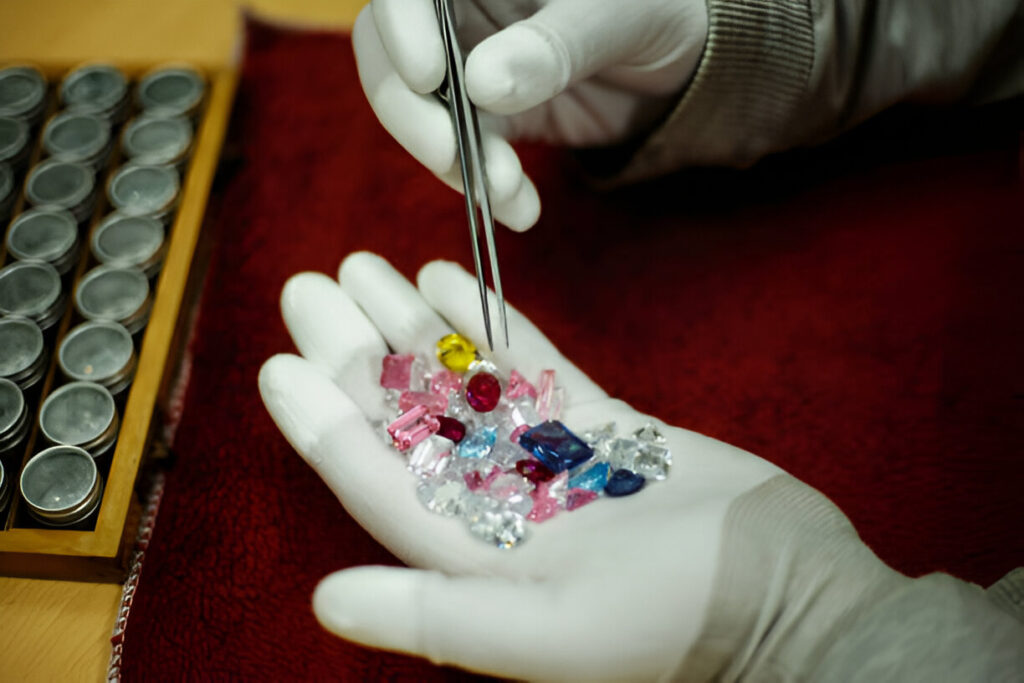How to Verify Sustainable & Conflict-Free Gemstone Sourcing
Let’s get real for a minute. When you dream of that perfect piece of jewelry, whether it’s a dazzling engagement ring or a vibrant pendant, you’re picturing a beautiful symbol of love and celebration. But as conscious consumers, we’ve all started to ask a more serious question: does that beauty have a dark side? Is its sparkle tied to human suffering, environmental damage, or conflict?
The good news is, the jewelry industry has made major strides, and it’s now more possible than ever to find gemstones that align with your values. The bad news? It can feel like a minefield of confusing terms and vague promises. “Ethical,” “sustainable,” “conflict-free”—these buzzwords are everywhere, but what do they actually mean? More importantly, how do you verify them? This is where a little knowledge goes a long way. Let’s unpack the secrets to sustainable & conflict-free gemstone sourcing and empower you to shop with confidence.
Unmasking the Lingo: A Deeper Look at Ethical Sourcing
First things first, we need to understand the language. It’s easy to think “ethical” and “conflict-free” are interchangeable, but they’re not. Think of it like this:
- Conflict-Free Gemstones: This term primarily refers to stones that don’t fund armed conflict. The most famous example is the Kimberley Process Certification Scheme, a program designed to prevent the sale of “blood diamonds.” While the Kimberley Process was a major step forward, its scope is limited to diamonds and doesn’t address other critical issues like labor practices or environmental harm. So, a stone can be “conflict-free” but still have a questionable background.
- Ethical Gemstones: This is a much broader and more comprehensive term. Ethical gemstone sourcing considers a full spectrum of issues, from a stone’s journey from mine to market. This includes fair wages and safe working conditions for miners, the absence of child labor, and a minimal environmental footprint. Consequently, it’s about the whole picture, not just one part of it.
- Sustainable Gemstones: This is where we get into the nitty-gritty of environmental responsibility. Sustainable gemstone sourcing focuses on the ecological impact. For instance, does the mine reclaim the land after extraction? Are they minimizing water contamination and using environmentally friendly practices? This is a key part of the modern ethical conversation and is gaining serious traction.
The takeaway? Look for more than just “conflict-free.” Aim for a jeweler who talks about the full ethical and sustainable picture.
Your Guide to Verification: Asking the Right Questions
So, how do you, the savvy consumer, cut through the noise and verify sustainable & conflict-free gemstone sourcing? It comes down to two things: asking the right questions and looking for solid evidence.
- Demand Traceability and Transparency:
This is non-negotiable. A reputable jeweler should be able to tell you the story of your stone. Where was it mined? Who cut it? Ask them about their supply chain. In fact, many modern companies are using innovative technologies like blockchain to provide a digital trail from the rough stone all the way to your hand. If a jeweler is vague or can’t provide details about a stone’s origin, that’s a major red flag.
- Look for Third-Party Certifications:
Don’t just take a jeweler’s word for it. Look for certifications from recognized third-party organizations. While the Kimberley Process is a start for diamonds, there are other organizations dedicated to broader ethical standards. For example, the Responsible Jewellery Council (RJC) has a Code of Practices that its members must adhere to. Another great example is Fairmined certification, which ensures gold is from artisanal and small-scale mining organizations and meets strict standards for social development, environmental protection, and fair pricing.
- Research the Origin (But Be Wary of a “Country of Origin” Catch):
Knowing a gemstone’s country of origin is a huge help. Some countries, like Canada and Australia, have strict labor laws and environmental regulations, making their gems generally a safer bet. However, this isn’t always foolproof. A “country of origin” stamp doesn’t automatically mean a stone is ethically sourced. A stone mined in a country with good regulations could still be cut and polished in a less-regulated area. Thus, always dig deeper and ask about the entire journey.
The Power of Your Purchase: Making an Impact
Navigating the world of ethical jewelry can seem daunting, but it’s a journey worth taking. By educating yourself and holding jewelers accountable, you become a powerful force for change. The “Ethical Sparkle” isn’t a myth; it’s a conscious choice. When you choose a gem with a verifiable, positive story, you’re not just buying a piece of jewelry—you’re investing in a more just and sustainable world. And frankly, that’s a sparkle we can all get behind.
Find More Gemstone Guide Reads….
https://englishlush.com/sustainable-jewelry-and-ethical-gemstones-adorning-ourselves/
https://inshotspot.com/ethical-gems-sustainable-style-jewelry-with-a-conscience/




